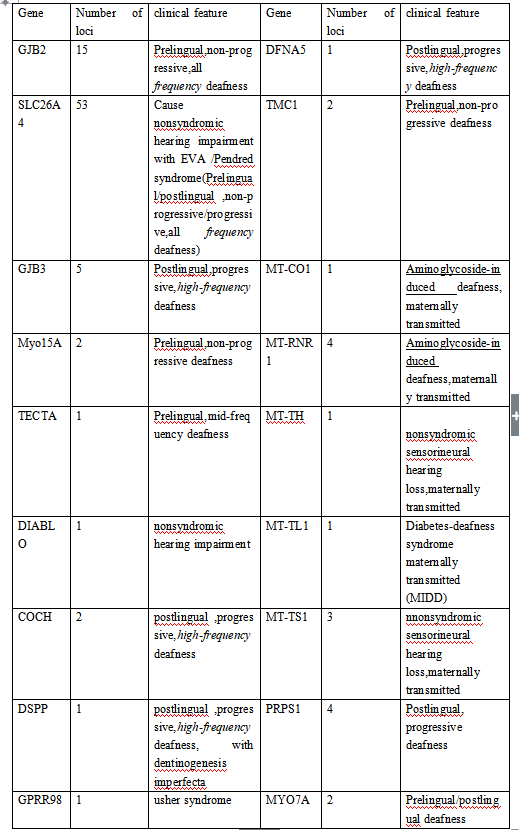
Reproductive Health
Hearing loss is the most common sensory deficit in humans. There are 27.8 million people and more than 360 million people with disabling hearing loss around China and world, respectively. Approximately 1 to 3 every 1000 newborns are affected by disabling hearing loss.
It is estimated more than 30 thousand infants are born with hearing loss every year, of which over 60 per cent are caused by genetic factors. In general population, more than 80 million people are carriers of deafness causing gene mutations.
Current newborn hearing screening, such as transient evoked otoacoustic emissions(TEOAEs),can only detect most congenital deafness, but can't identify delayed and Aminoglycoside-induced deafness. If a baby with hearing loss isn’t found out early and given timely intervention, he or she will consequently fail to develop language, speech, and communication skills, and even life-long language dysfunction. Hearing loss associated with aminoglycoside ototoxicity occurrs within a few days to weeks after administration of any amount (even a single dose) of an aminoglycoside antibiotic such as gentamycin, tobramycin, amikacin, kanamycin, or streptomycin.
As of now, there is no effective treatment for hereditary deafness. Therefore, genetic deafness gene detection can achieve early detection, early diagnosis and early intervention, which is of great significance for the prevention and diagnosis of hereditary deafness.
Product introduction
Genetic testing for hereditary deafness with high-throughput sequencing and bioinformatics analysis method can identify the 100 variants of 18 deafness genes, such as GJB2, SLC26A4, GJB3, MYO15A, which make larger contributions to deafness in Chinese populations.The sensitivity of the test can reach as high as 99.5%.
Detection content

Comparison of clinical detection methods

Detection process

Intended for
The neonatal deafness gene mutations Screening for early diagnosis and timely intervention of the newborns with hearing loss;
The premarital and pre-pregnancy screening and prenatal diagnosis , to avoid birth defects;
Patients who have hearing loss and wish to identify the cause
Groups who have a family history of hereditary deafness and wish to know their own genetic and health condition
Screening the carriers of the deafness gene mutations in general population.
- Noninvasive prenatal gene detection
- Genetic testing for hereditary deafness
- Neonatal Genetic Metabolic Disease
- Chromosomal Abnormality
- Metabolic Capacity Of Folic Acid
- Detection of microdeletion of chromosome microdeletion
- Chromosome microarray (CMA)
- Detection of children's safety in drug use
Address: No. 1109, Hsing three road, Ji'nan high tech Zone, Shandong
Phone: 400-966-22200
Web site: www.yinfenggene.com
Mailbox::yinfengyixuejianyan@yfyxjy.com

